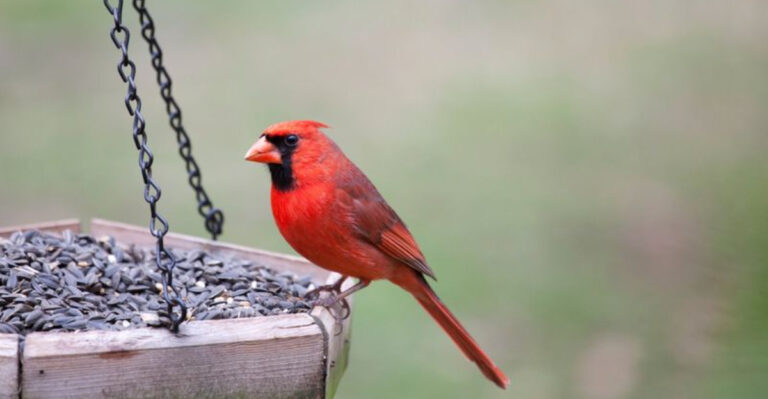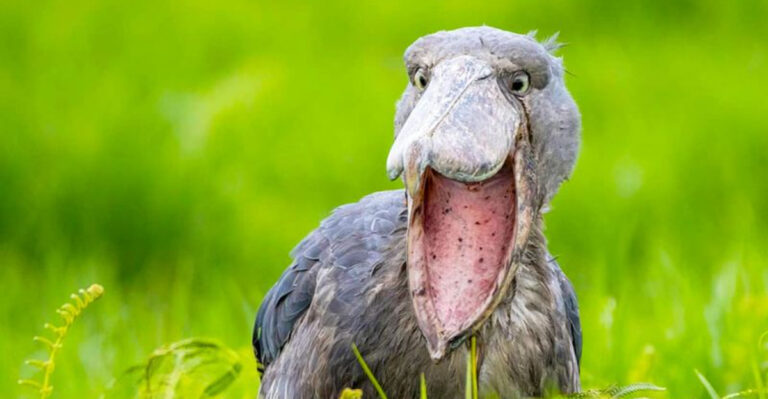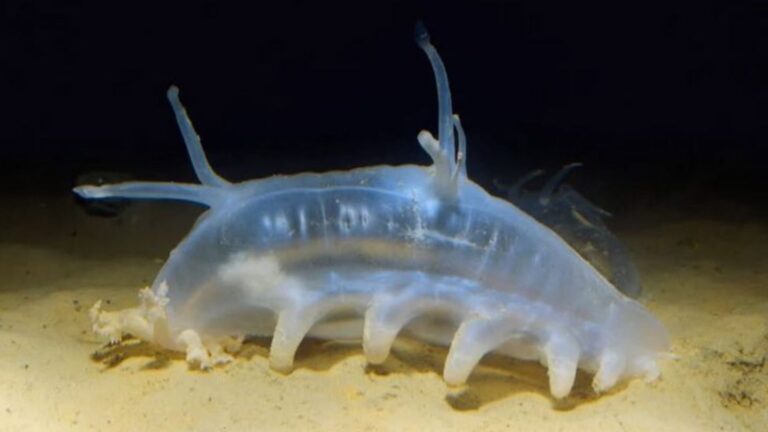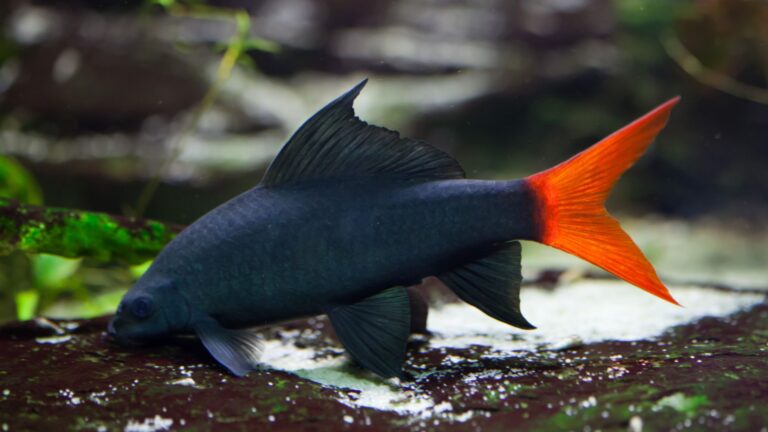7 Things You Should Do If A Coyote Shows Up In Your Yard, And 5 That Could Make It Worse
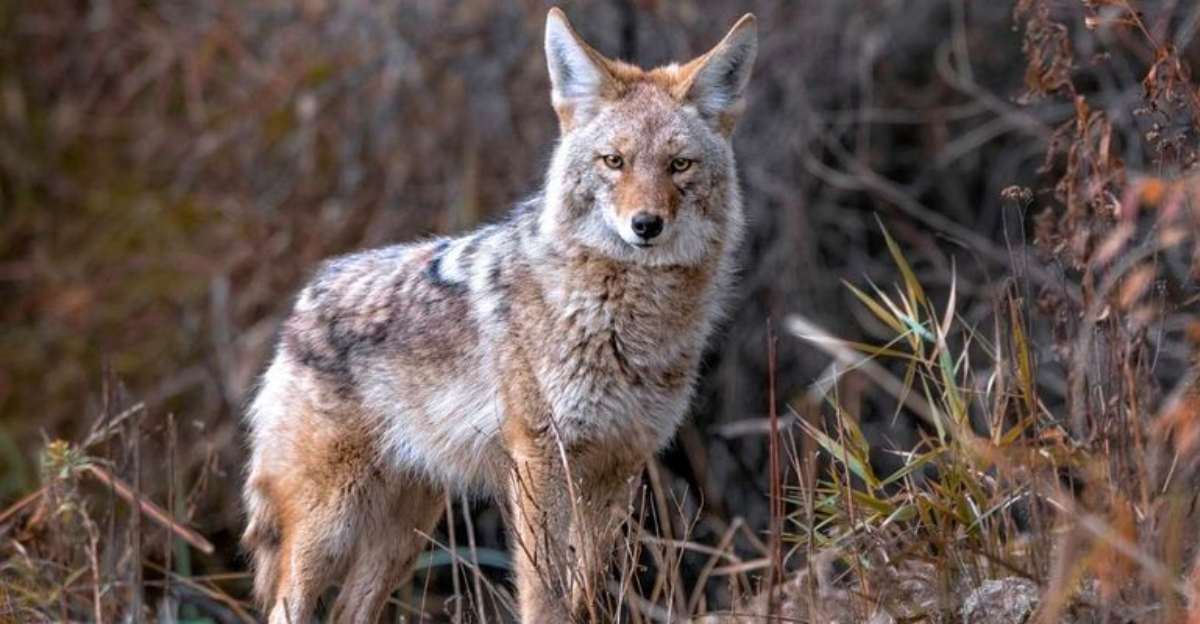
Finding a coyote in your yard can be startling, but knowing how to respond makes all the difference. As these wild canines expand their territory into suburban areas, encounters are becoming more common.
Understanding the right actions to take—and which ones to avoid—can keep both you and the coyote safe while preventing future unwanted visits.
1. Make Yourself Look Big
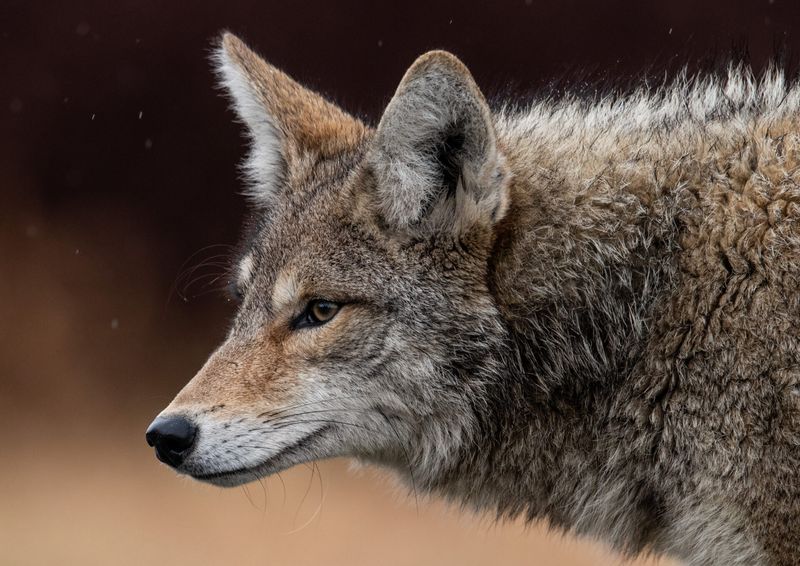
Coyotes are naturally cautious around humans. Raise your arms above your head, wave them slowly, and stand tall to appear larger and more intimidating. This simple technique sends a clear message that you’re not prey.
Most coyotes will retreat when confronted with a confident human presence. Remember to maintain eye contact while doing this to reinforce your dominance in the situation.
2. Make Loud Noises
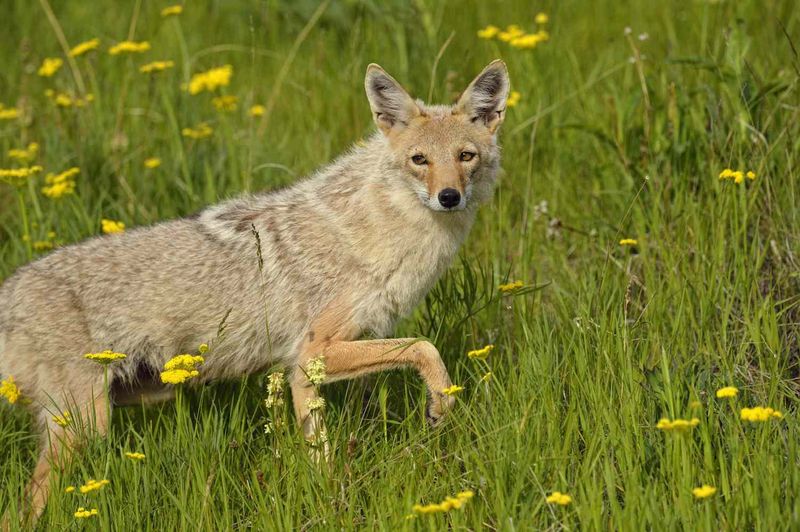
Coyotes startle easily when confronted with unexpected sounds. Clap your hands forcefully, shout in a deep voice, or bang pots together to create an unpleasant environment that will encourage them to leave.
Many wildlife experts recommend keeping a whistle or air horn handy for this exact purpose. The unfamiliar noise disrupts their comfort zone and reinforces that your yard isn’t a welcoming place.
3. Remove Food Sources
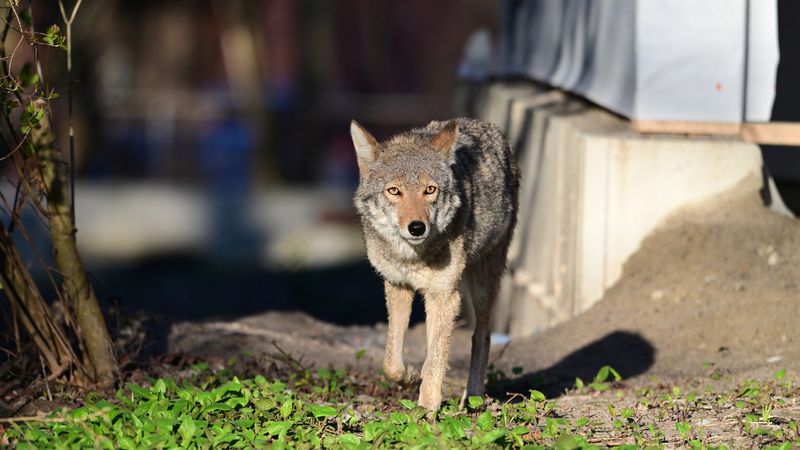
Coyotes are opportunistic eaters looking for easy meals. Secure garbage cans with locking lids, pick up fallen fruit from trees, and never leave pet food outside overnight.
Even bird feeders can attract coyotes indirectly by drawing in squirrels and birds they hunt. Consider bringing in feeders at night or installing them away from the house. A yard without food rewards becomes significantly less attractive to hungry wildlife.
4. Keep Pets Indoors
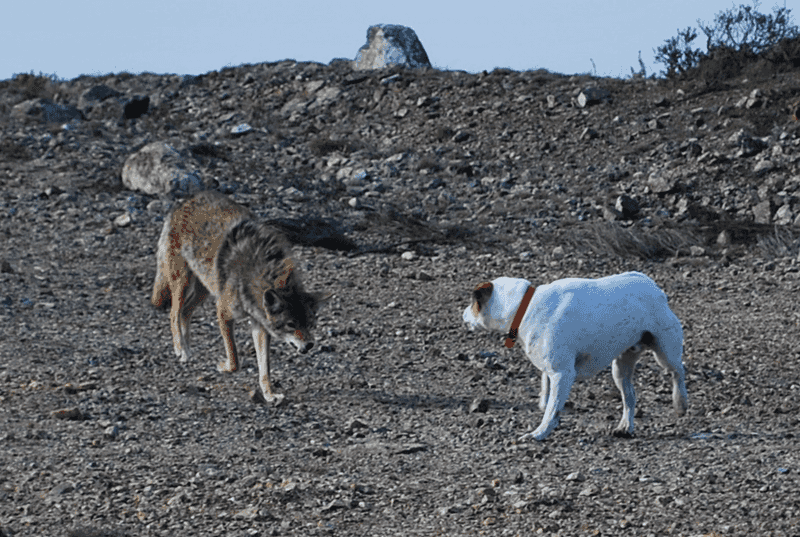
Small pets can look like prey to hungry coyotes. Bring cats and small dogs inside, especially during dawn and dusk when coyotes are most active. Never leave pets unattended in your yard if coyotes have been spotted nearby.
For larger dogs, always supervise outdoor time and keep them leashed during walks. Installing motion-activated lights around your property can also help deter nighttime visitors while protecting your furry family members.
5. Install Motion-Activated Sprinklers
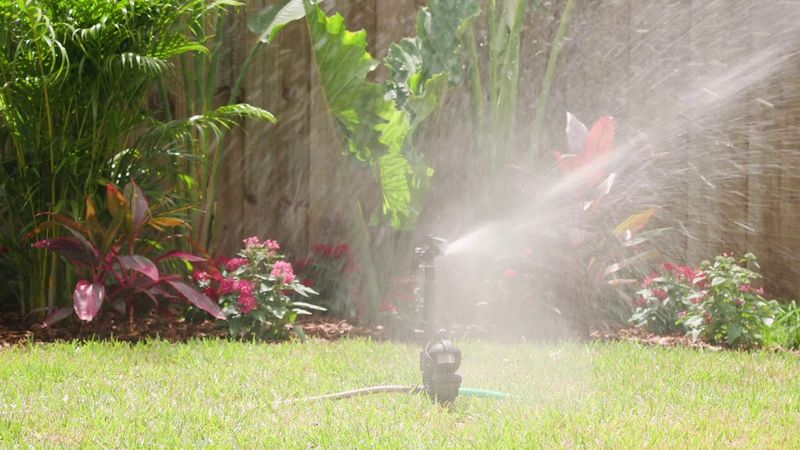
Coyotes hate unexpected sprays of water. Motion-activated sprinklers offer a humane deterrent that startles without harming. When triggered, they deliver a sudden burst of water that sends most wildlife running. Position these devices near common entry points to your yard for maximum effectiveness.
The combination of sudden movement, noise, and water creates a multi-sensory deterrent that coyotes quickly learn to avoid, making your property less appealing for future visits.
6. Report Repeated Sightings
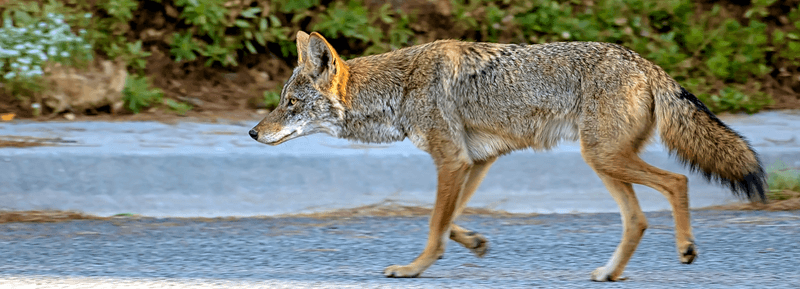
A single coyote visit might be random, but frequent appearances warrant attention. Contact your local animal control or wildlife management agency if you notice regular coyote activity, especially during daylight hours. Officials can provide specific guidance for your area and may intervene if necessary.
They’ll also want to know if you observe any concerning behaviors like aggression, apparent illness, or unusual boldness around humans, as these could indicate problems requiring professional assistance.
7. Install Proper Fencing
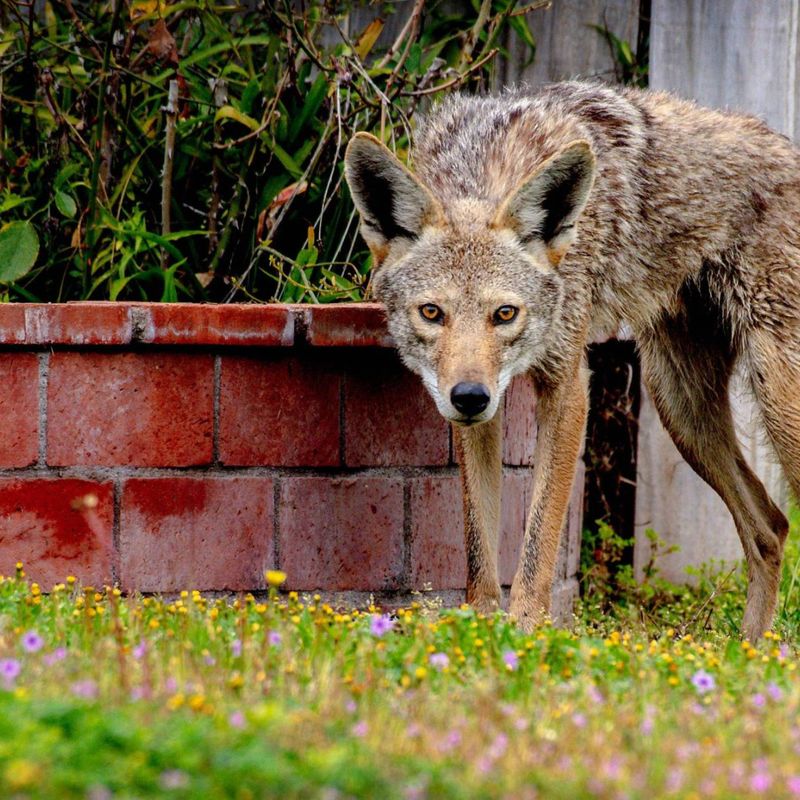
Determined coyotes can jump fences under six feet tall or dig underneath them. Install fencing that’s at least six feet high with a roll bar on top to prevent jumping. Adding an underground barrier extending at least six inches deep deters digging.
Chain-link fencing alone won’t discourage climbing coyotes. Consider adding coyote rollers to existing fences – these cylindrical devices spin when animals try to gain traction, preventing them from getting over the top.
8. Don’t Run Away
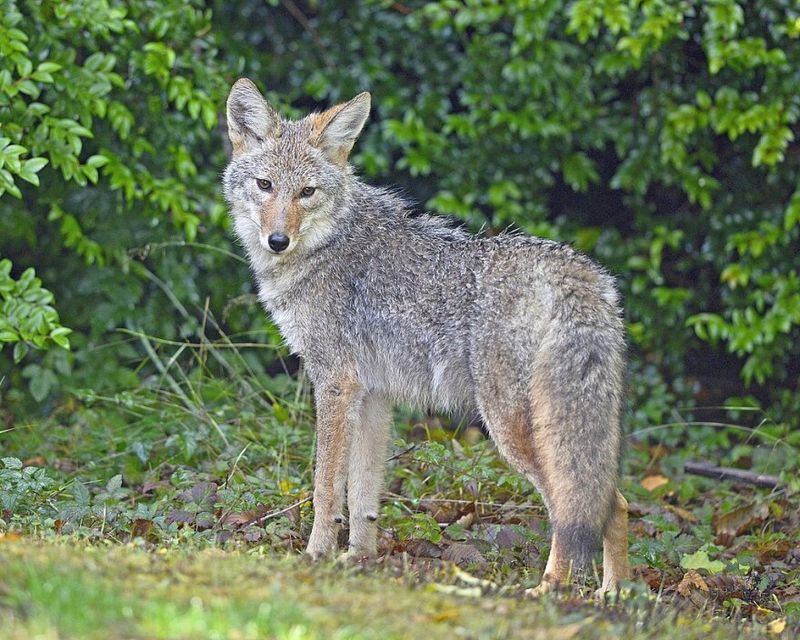
Running triggers a coyote’s chase instinct immediately. Their natural hunting behaviors kick in when they see something fleeing, potentially turning a simple observation into pursuit. Instead, stand your ground and maintain eye contact while following the recommended intimidation techniques.
Backing away slowly is acceptable if needed, but sudden movements or turning your back makes you appear vulnerable. Staying calm and confident signals to the coyote that you’re not prey.
9. Never Feed Coyotes
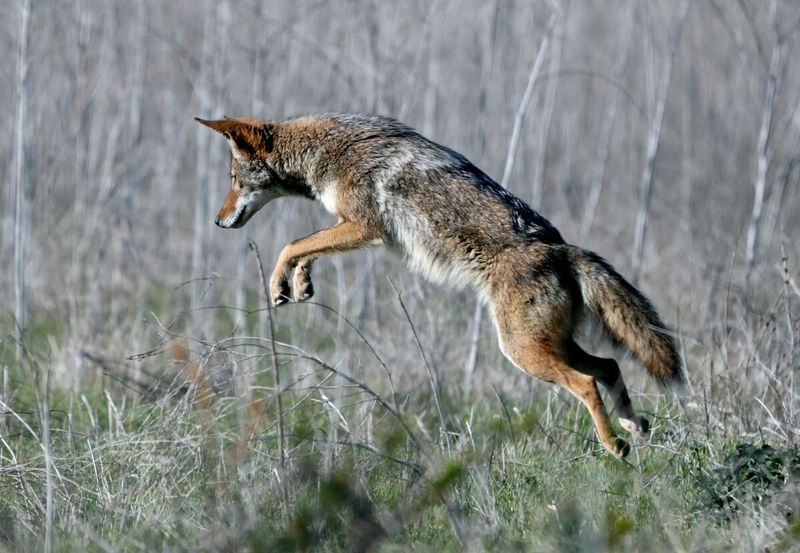
Offering food creates dangerous habituation. Coyotes that associate humans with food lose their natural wariness and become bolder, increasing the risk of conflict and aggression. Even indirect feeding, like leaving pet food outdoors or unsecured compost, teaches coyotes your property provides easy meals.
Once a coyote learns this lesson, it’s extremely difficult to reverse the behavior and will likely return repeatedly, potentially bringing others along.
10. Don’t Approach Coyote Pups
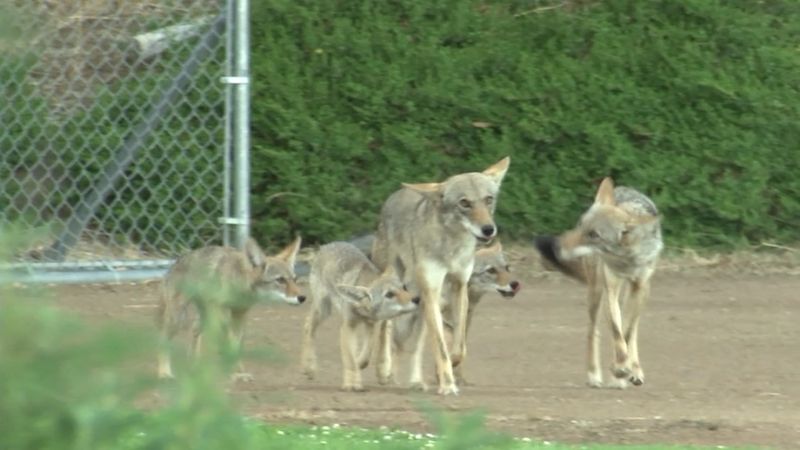
Spotting adorable coyote pups might tempt you closer, but this is extremely dangerous. Parent coyotes fiercely protect their young and will interpret your approach as a threat, potentially triggering aggressive defensive behavior.
If you discover a den on your property, give it wide berth and contact wildlife officials immediately. Never attempt to photograph, touch, or interact with wild coyote pups, no matter how cute they appear. Maintain significant distance until professionals can assess the situation.
11. Avoid Using Poison
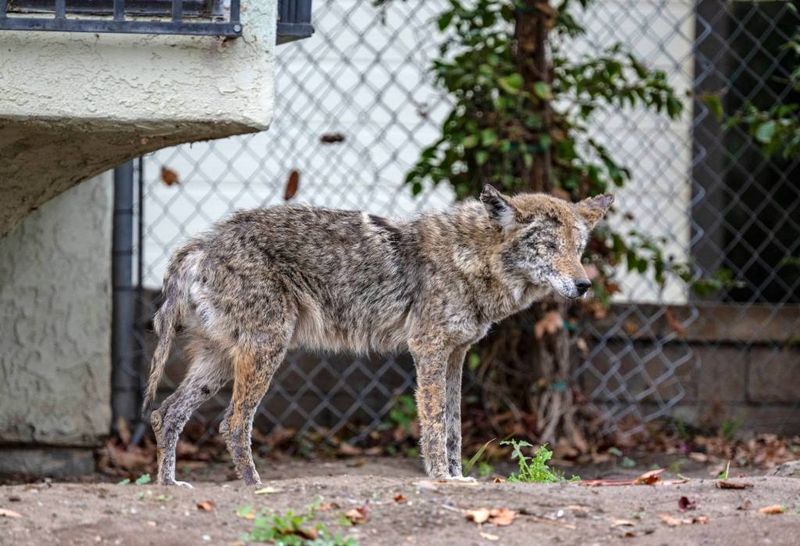
Poison seems like a quick solution but creates serious problems. It causes suffering, rarely targets only the intended animal, and can harm pets, children, and other wildlife that might contact or consume it.
Additionally, poisoning is illegal in many jurisdictions with hefty fines. Poisoned coyotes might wander onto neighboring properties before dying, creating health hazards. Humane deterrents are far more effective and don’t risk unintended consequences that could impact your entire neighborhood.
12. Don’t Let Your Guard Down

A single coyote encounter doesn’t mean the problem is solved. Coyotes are intelligent and may test your property multiple times, especially if they found food previously. Maintain vigilance by continuing preventative measures like securing trash and monitoring your yard before letting pets out.
Coyotes quickly learn which properties are easy targets and which are protected. Consistency in deterrence is key to preventing future visits and keeping your family and pets safe.

